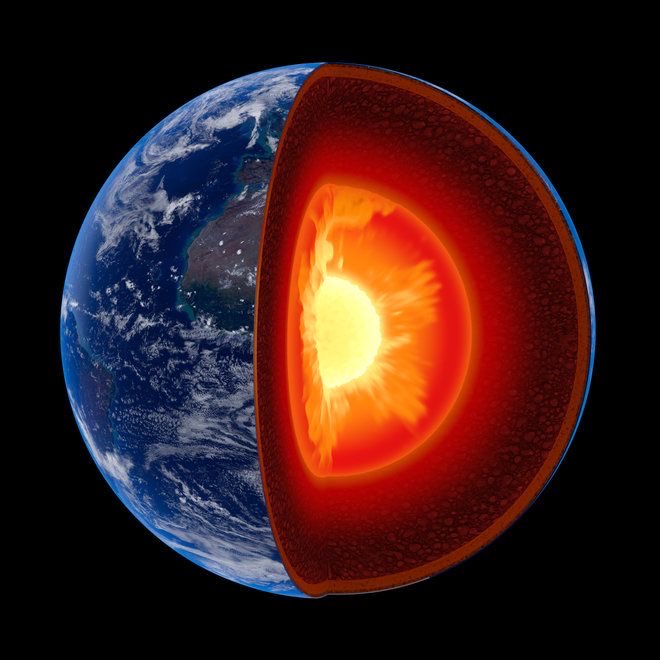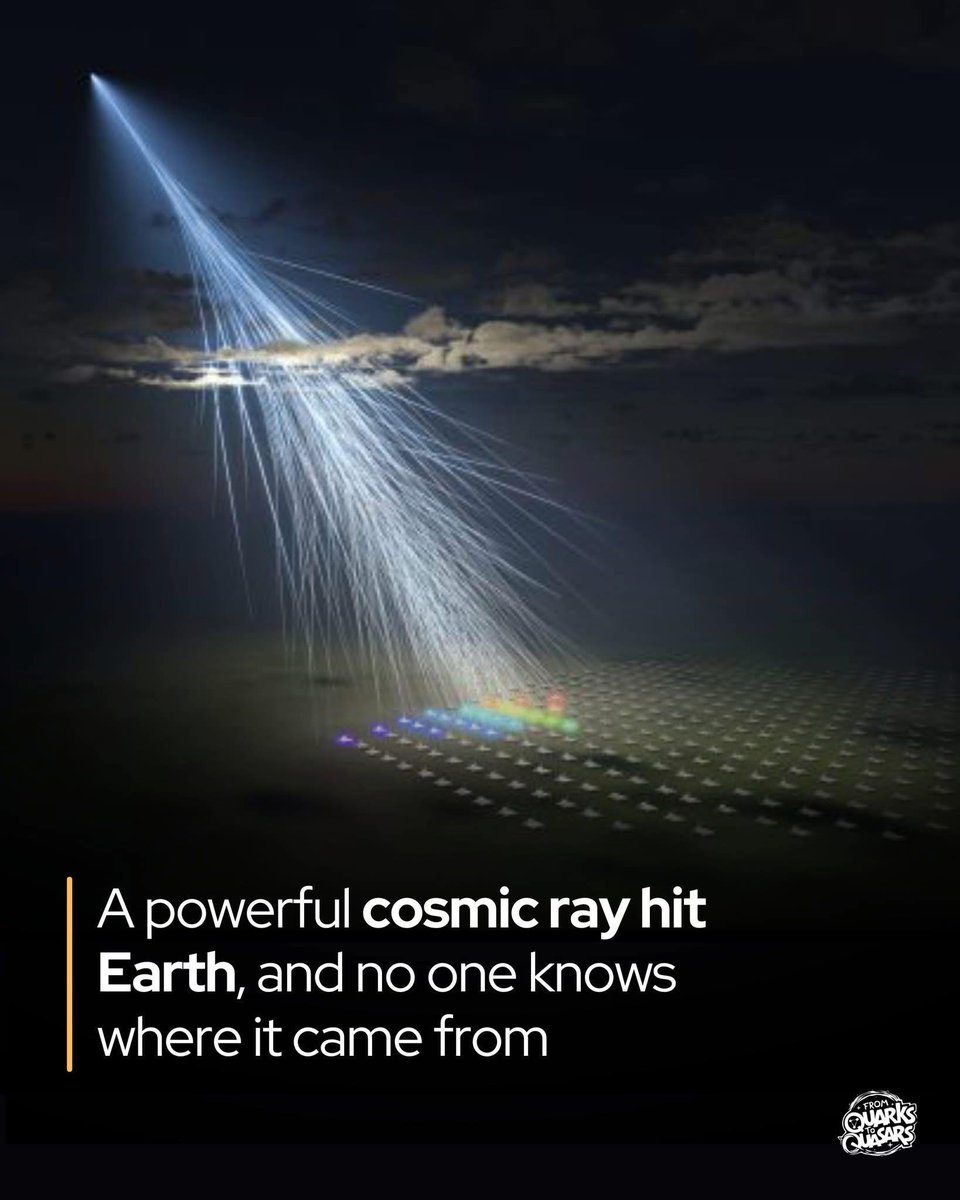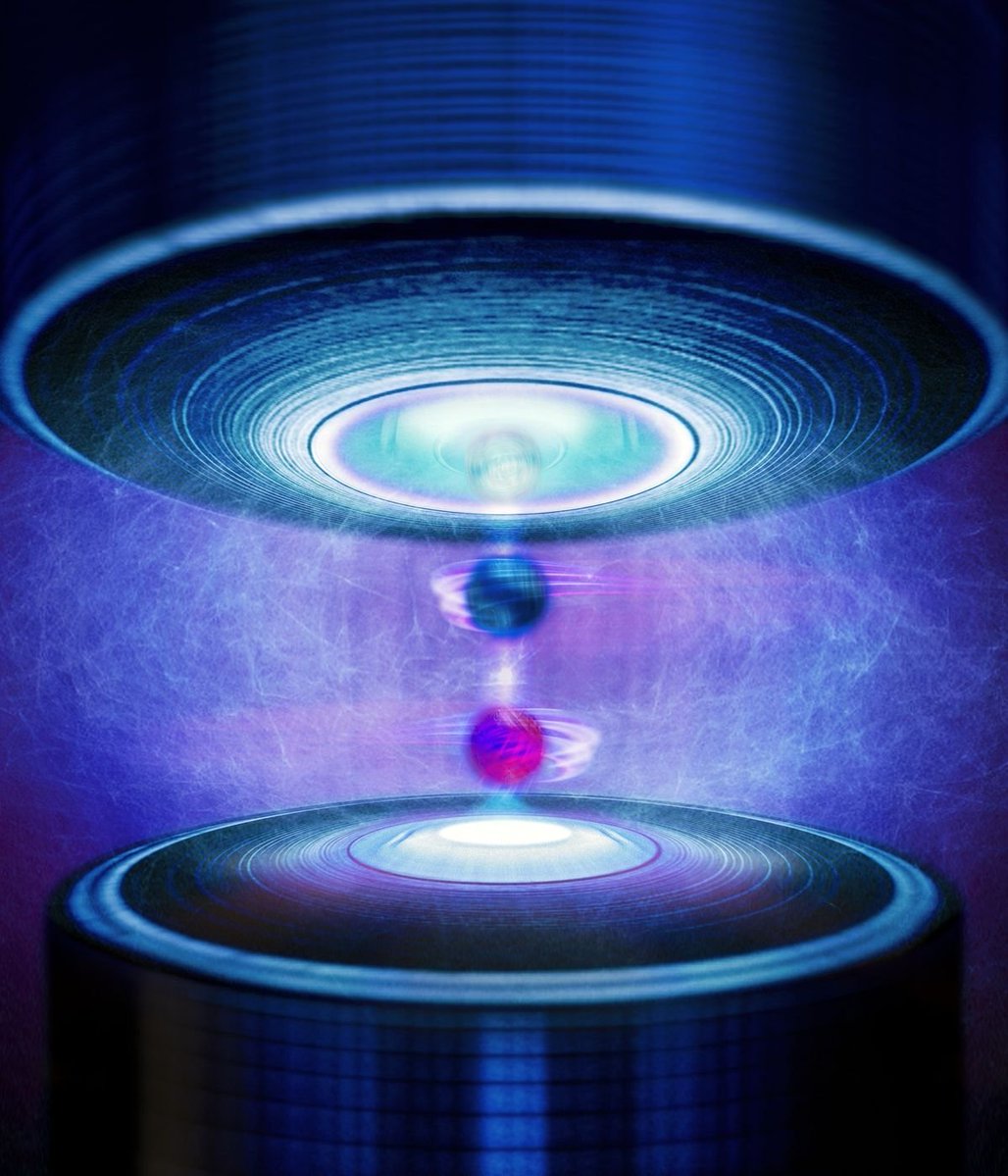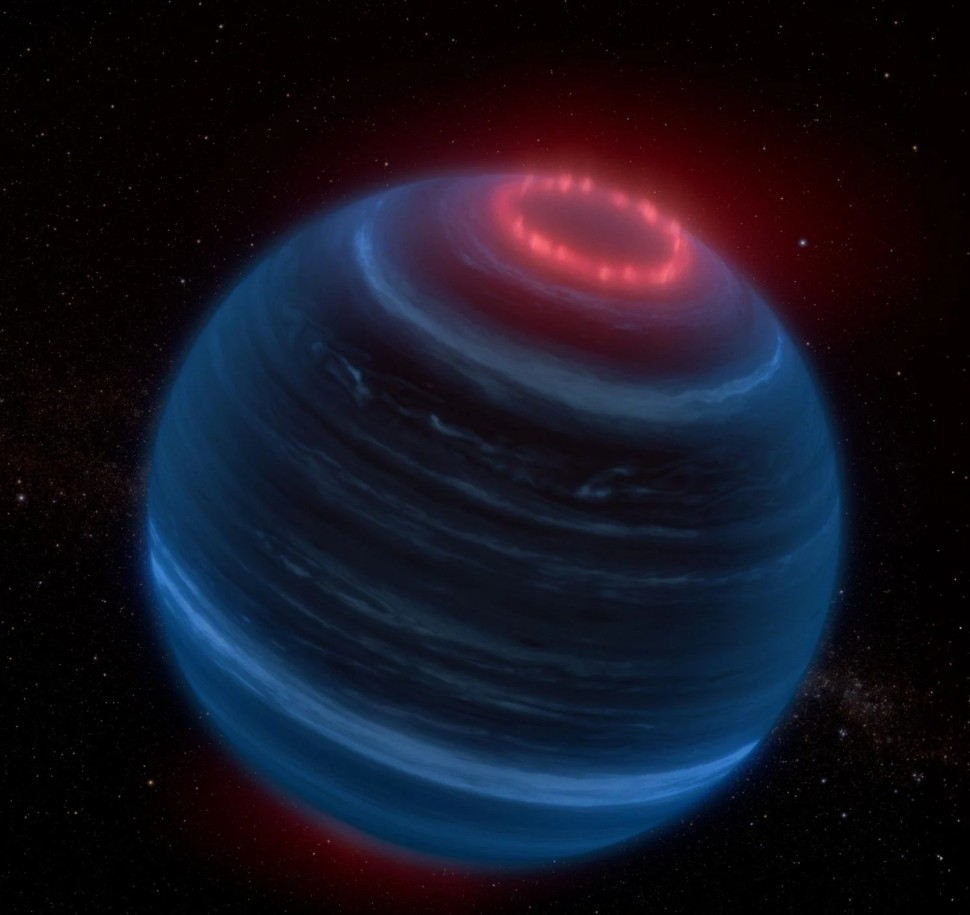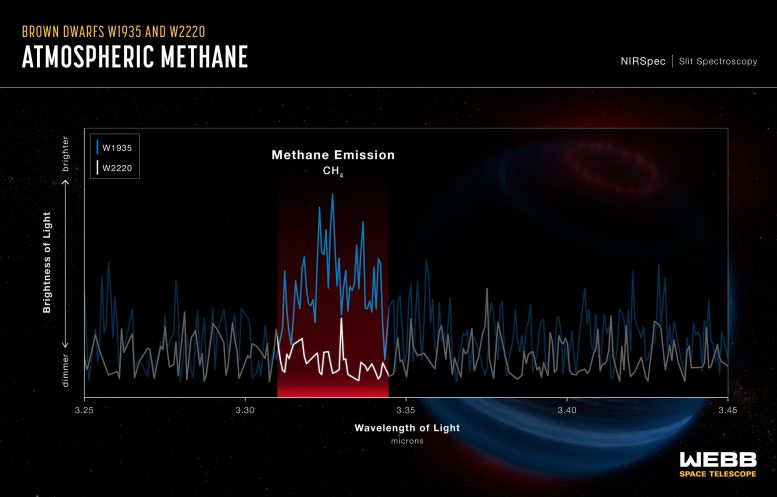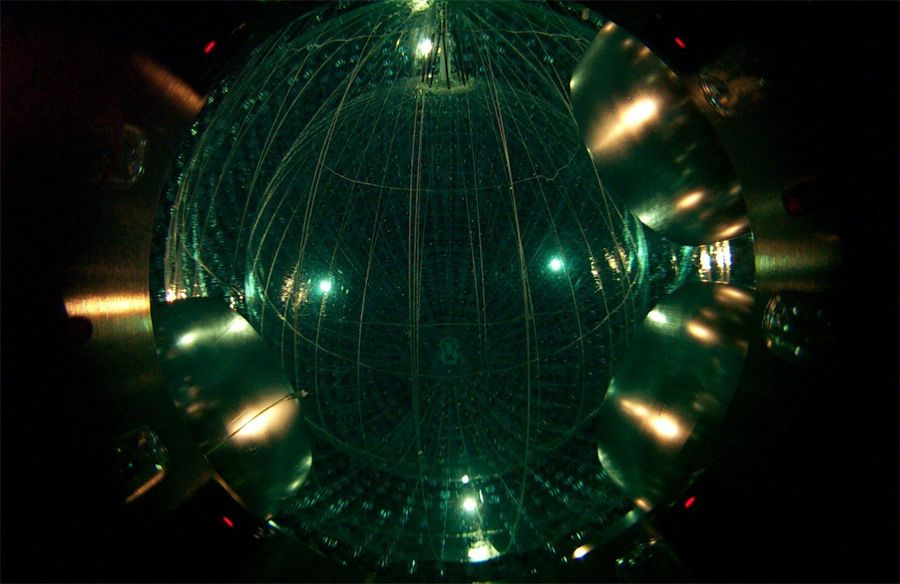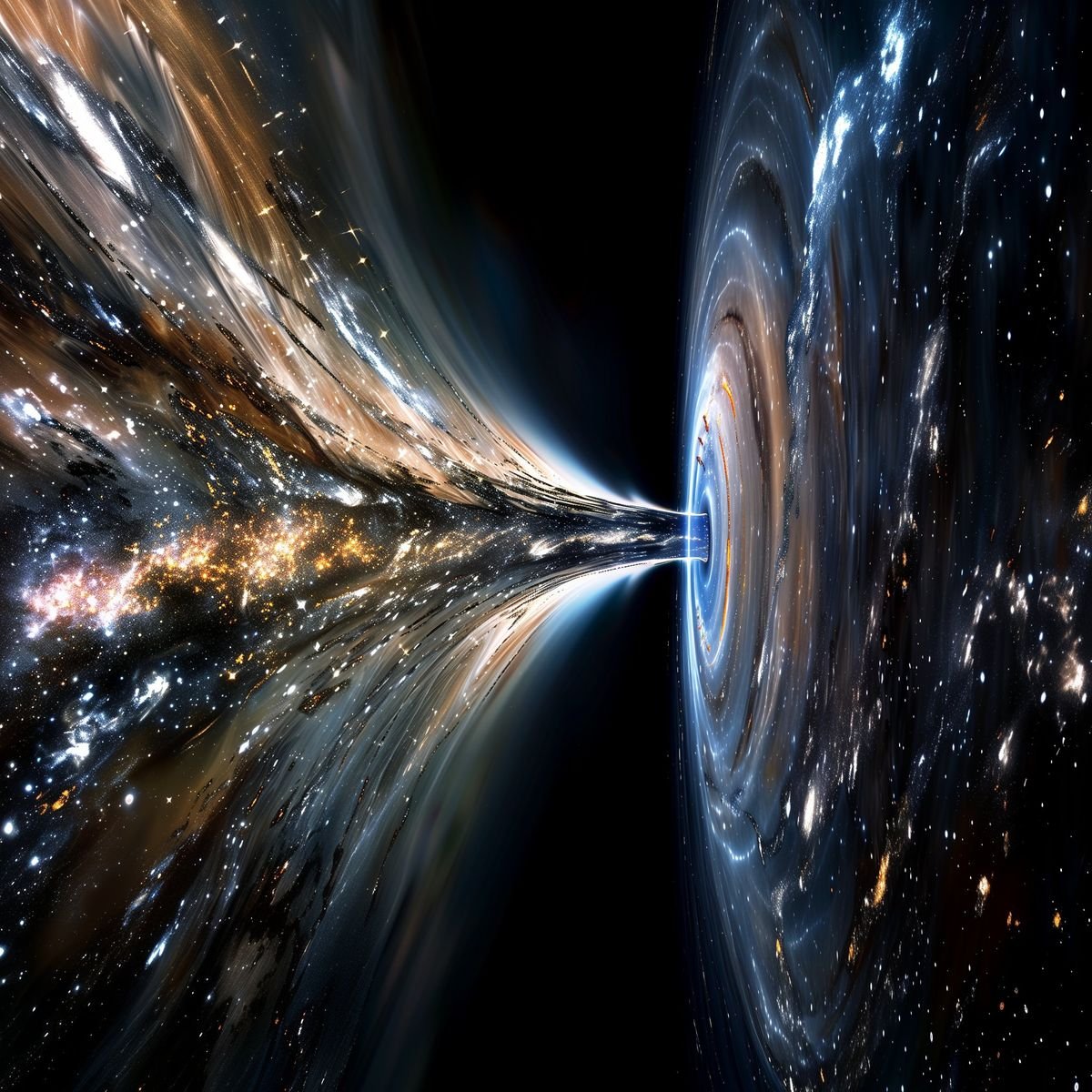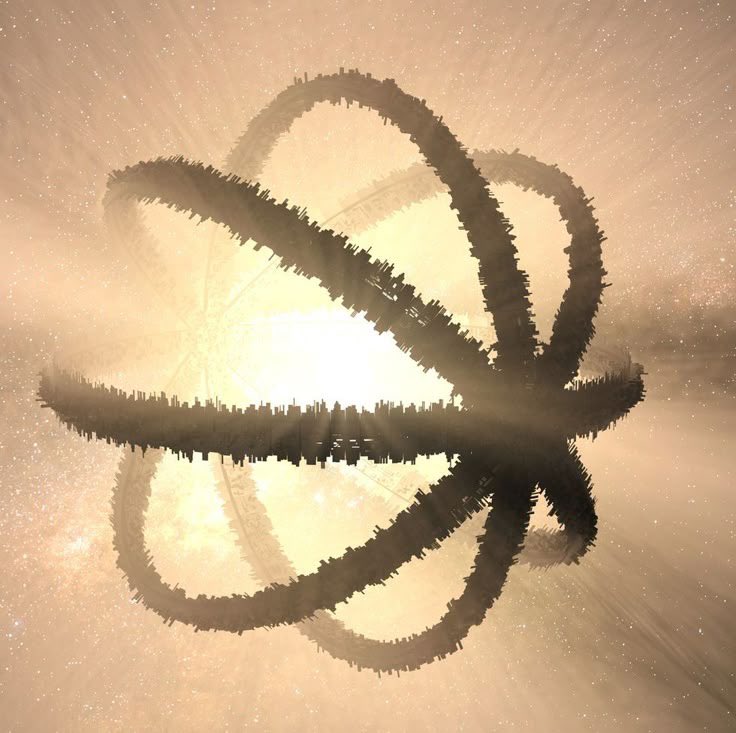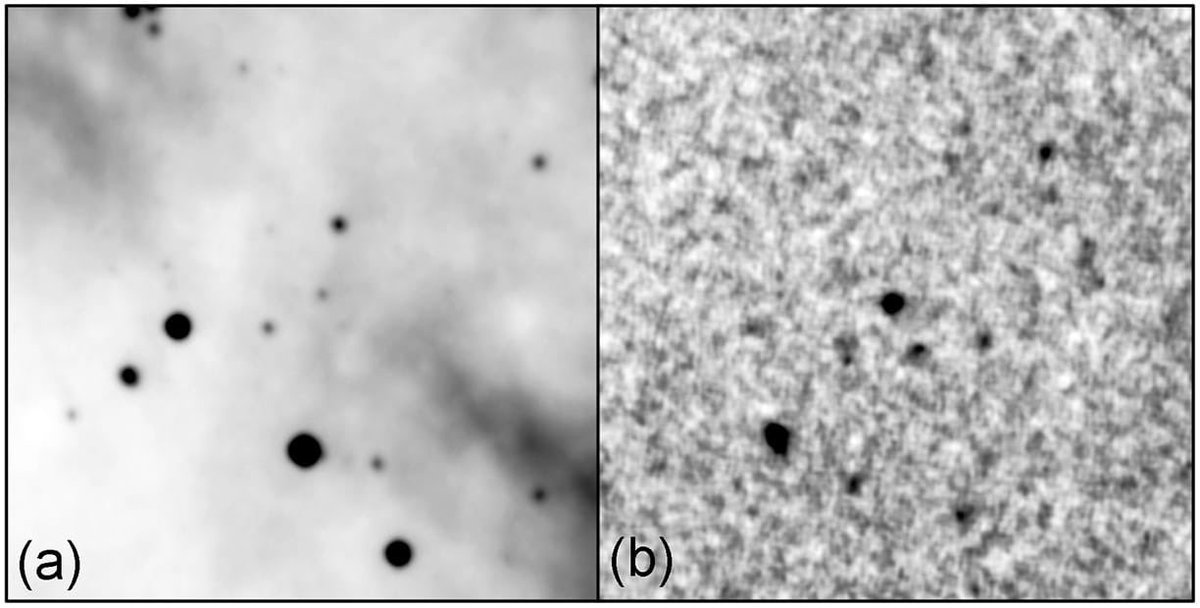Trillions of tons of hidden hydrogen have been discovered beneath Earth’s surface, and it could change everything. 🌍⚡ Scientists have found massive underground reserves of naturally occurring “gold hydrogen”, a clean and carbon-free fuel source powerful enough to meet global energy needs for over 1,000 years.
This discovery could completely transform the energy landscape. Gold hydrogen produces only water vapor, making it a true zero-emission fuel. It’s naturally abundant, inexpensive to extract, and doesn’t require the energy-intensive production processes used for synthetic hydrogen.
Experts say this could be the key to replacing fossil fuels, ushering in a new era of sustainable energy independence. What’s even more astonishing — it’s been beneath our feet all along, quietly waiting to be found. 🌱
• • •
Missing some Tweet in this thread? You can try to
force a refresh

